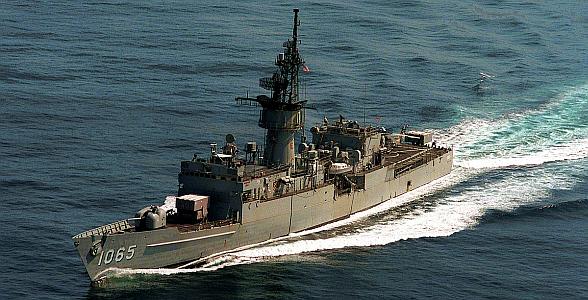
Last month, we posted about the first-ever confirmed image of a colossal squid in the deep ocean. Ironically, the first colossal squid caught on camera was anything but colossal. It was a juvenile of only about 1 foot in length. Here is an updated repost of an account of a US Navy frigate that appears to have been attacked by a full-grown colossal squid.
The legend of the Kraken, a giant cephalopod from Greek and Norse mythology that attacked ships and dragged sailors to their doom, is many hundreds of years old. In 1978, the US Navy frigate USS Stein sonar dome was attacked by what appears to be a Kraken-like creature, which could have been a colossal squid.
USS Stein was underway when her anti-submarine sonar gear suddenly stopped working. On returning to port and putting the ship in a drydock, engineers observed many deep scratches in the sonar dome’s rubber “NOFOUL” coating. In some areas, the coating was described as being shredded, with rips up to four feet long. Large claws were left embedded at the bottom of most of the scratches.

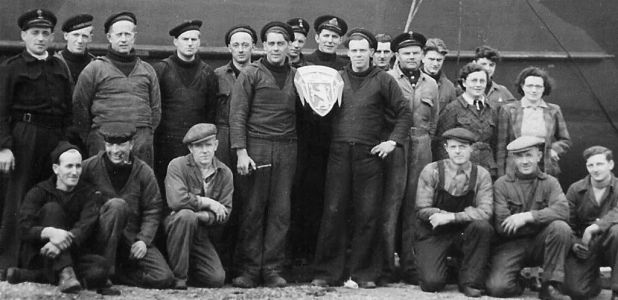
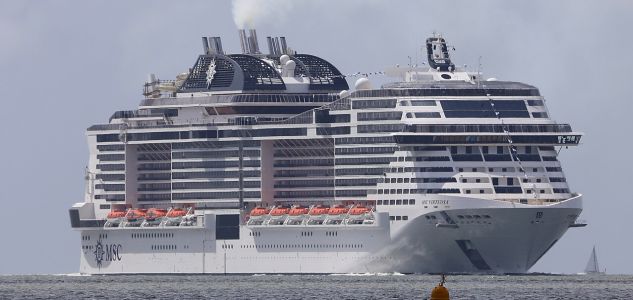
 An updated repost of an odd bit of history.
An updated repost of an odd bit of history.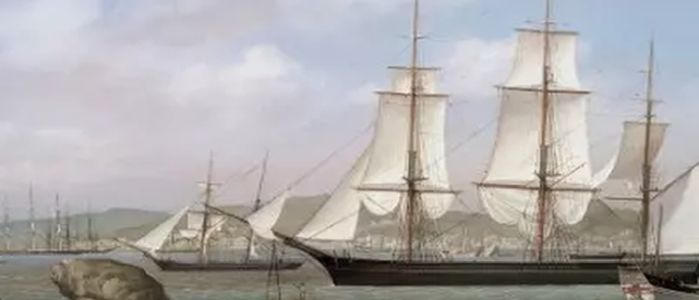 Given
Given 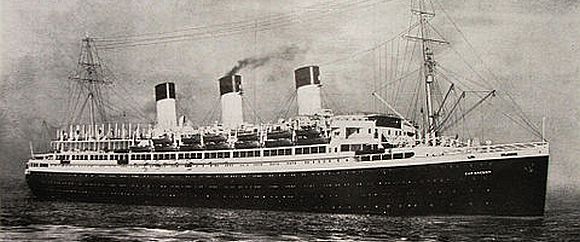

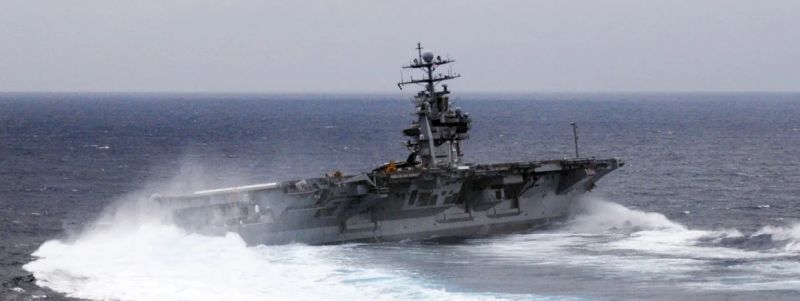 An
An  David Morris was taking a walk along the coast near Falmouth, Cornwall, in the UK, when he saw what looked to be a large tanker hovering in the air above the horizon. He documented what he witnessed with several photographs. Apparently, Mr. Morris saw a “superior mirage” also known as a
David Morris was taking a walk along the coast near Falmouth, Cornwall, in the UK, when he saw what looked to be a large tanker hovering in the air above the horizon. He documented what he witnessed with several photographs. Apparently, Mr. Morris saw a “superior mirage” also known as a  A massive explosion and fire on Saturday rocked the
A massive explosion and fire on Saturday rocked the 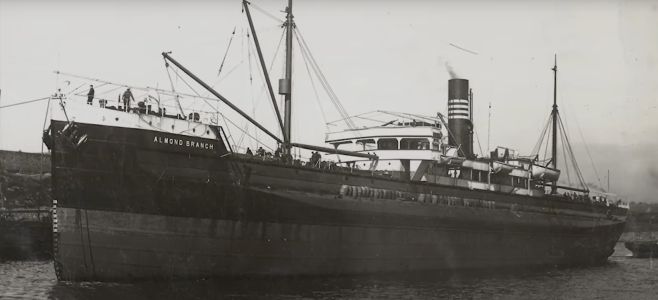 It is amazing what one can buy online these days. Recently,
It is amazing what one can buy online these days. Recently, 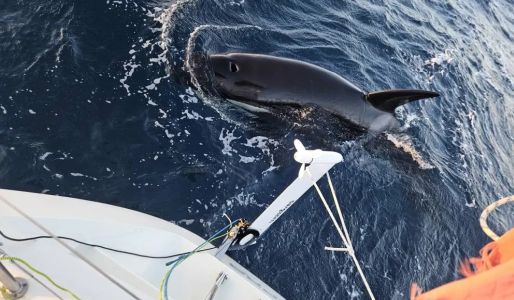 Last Saturday, Italian sailor
Last Saturday, Italian sailor  There is much that we do not know about William Shakespeare. The
There is much that we do not know about William Shakespeare. The 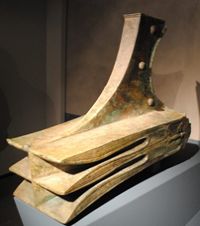 A
A 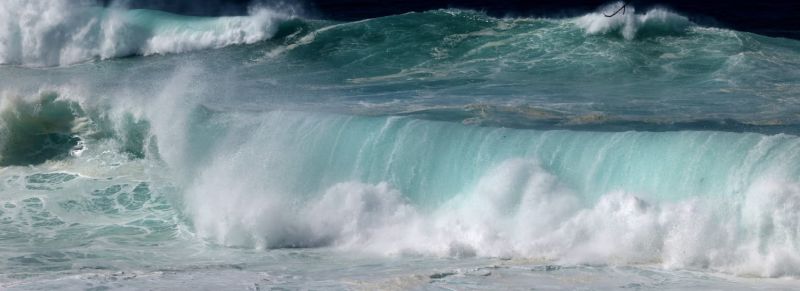 The
The  A
A 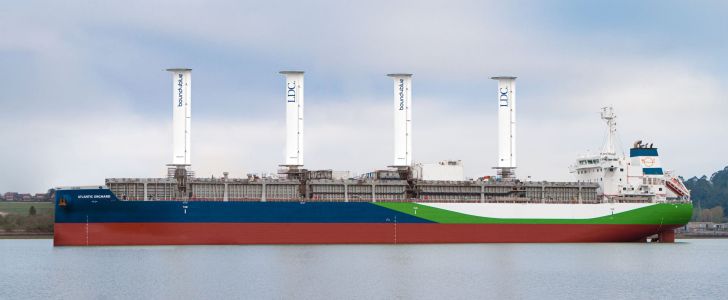 The Spanish cleantech engineering firm
The Spanish cleantech engineering firm 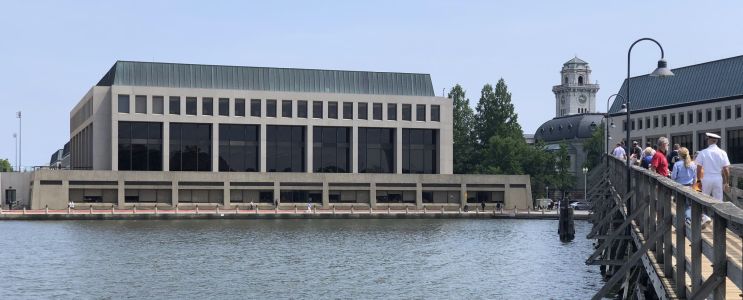
 Iceland’s only active whaling company,
Iceland’s only active whaling company,  The
The